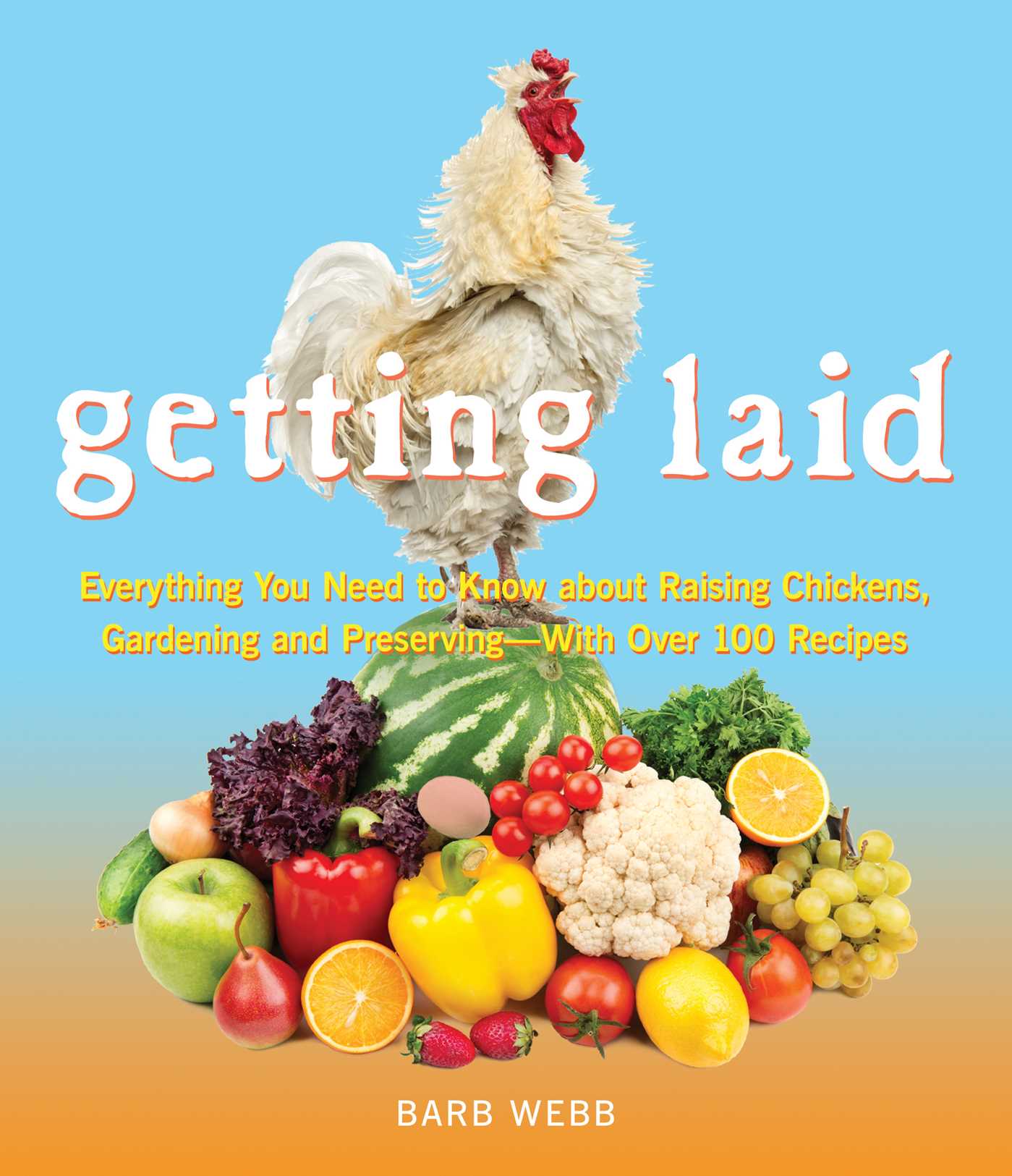If you love to cook, learning how to plant a vegetable garden is certainly one of the most rewarding things you can do. When you grow your own garden, you can harvest fresh seasonal fruits, veggies and herbs as you need them instead of having to drive miles to the nearest grocery store. It just doesn’t get any fresher than that!
There are 4 basic and easy steps to follow to begin vegetable gardening and before you know it, you’ll have a bountiful harvest.
Decide What You Want to Plant. This is the fun part. Start by making a list of all the recipes you frequently make. Note which vegetables and herbs you use over and over again, because this will tell you not only what you should plant, but also in what quantity.
Don’t forget to jot down other items your family enjoys, even if you aren’t using them in your cooking currently. Growing your own vegetable garden is a great way to expand your culinary horizons.
This planning phase is a great time to get your children interested in gardening, too. Ask what they might like to grow or make fun suggestions if they are too young to come up with ideas on their own. Pumpkins, ornamental gourds and sunflowers (for their beauty and seeds) are popular choices with kids of all ages. Fast growing plants, such as lettuce and beans, are also great choices for children because they produce noticeable results quickly.
Once you’ve made a list of plants you want to grow, collect mail order catalogs, search online or stop by your favorite garden center to find seeds and transplants. You can learn a lot about what grows well in your area by tapping into these resources, as well.
Pick a Location for Your Vegetable Garden
Just like in real estate, planting a successful vegetable garden is all about location, location, location. If you want your plants to thrive, there are a couple non-negotiable items you will need to provide:
1. Sunshine. Pick a sunny location with at least 6 hours of direct sunlight per day.
2. Water. Make sure the location you choose has easy access to water. You will need to water your plants whenever Mother Nature refuses to cooperate, so make sure you have a convenient source of water nearby.
3. Accessibility. Gardens need care, so position your vegetable garden in an area that is convenient to get to with the tools you need to work in it. If you place it too far from the house or garden shed where you keep your tools or in an area difficult to reach with a wheelbarrow, you may find yourself tempted to neglect it.
Make your life easier and plant your garden in the most convenient sunny location you can find.
4. Good Drainage. You may have to do some work for this one, especially if you live in an area with heavy clay or compacted soil. If you find the area you want to plant tends to collect standing water, you will want to build your beds up to protect your plants from overly wet feet.
Create Your Garden Beds
Once you’ve identified where you want your garden, you will need to decide where you want the individual beds within it. As you are doing so, keep in mind the orientation of the sun throughout the day because taller plants or those growing on trellises can cast damaging shadows if they aren’t positioned correctly.
To create the individual beds, many old school gardeners swear by the traditional practice of removing heavy layers of sod, then tilling and amending the soil beneath it before planting your vegetable plants.
Although this method will certainly work, you simply don’t have to work that hard. Instead, you can use the Lasagna Gardening method of building your beds UP instead of digging down to create them. This methods works equally well with raised garden beds or directly on the ground.
To get started, add flattened cardboard or a thick stack of newspapers on top of the ground and then add alternate layers of peat, topsoil, aged manure or barn litter, organic mulch, yard clippings and/or compost.
You can either prepare these beds months in advance or right before you plant. Either way, the layers will meld together into a beautiful, rich soil for your plants.
For more details on this no-dig gardening method, check out Lasagna Gardening, a New Layering System for Bountiful Gardens.
Start Planting! Once your beds are ready, it’s time to start planting!
Before you start digging, you have some choices to make: you can sow seeds directly into the soil, start seeds indoors then harden them off outdoors before adding them to your garden, or plant established transplants you’ve purchased directly into your prepared beds.
Some plants require direct sowing, while others need to be started indoors several weeks before the frost-free date in your area in order to perform well. While you are creating your list of plants you want to grow, make a note of the growing requirements for each so you can give your plants the best chance of survival.
If you decide to follow these four easy steps to plant a vegetable garden, you will be rewarded all season long with an abundant supply of fresh and healthy produce. Plus, you’ll have the added satisfaction of knowing you did it with your own two hands.
While there are other aspects like diseases to contend with, insect control and fertilization, you’ll be off to a great start toward putting fresh veggies on your table!
Keeping a gardening journal is an excellent way to keep up with your new garden needs and a helpful resource to look back on when you plant next year’s crop. Use our printable version to help get you started:
[embeddoc url=”https://ruralmom.com/wp-content/uploads/2014/04/Garden-Journal-Checklist-2.pdf” download=”all” viewer=”google”]




Excellent tips Barb. We learned the hard truth about #2 our first year gardening on the homeplace. We put our garden up what looked like a wee little incline in April, but felt like a hill during the heat of July!
Great tips! I need to get busy on my garden this year. I have seeds and Earth Boxes, so I need to clean them out and make a plan.
Thank you for this. I had never head of the “lasagna” method of preparing a bed. I have a location for a garden which would be perfect for this … and would save me a lot of work! Thanks so much!